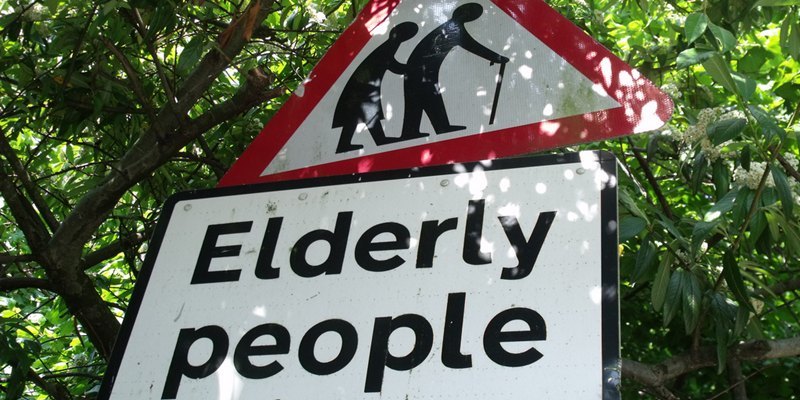Fife Council leader Peter Grant has launched a vigorous defence of the administration’s care homes decision and its handling of the situation.
Mr Grant also said the SNP/Lib Dem administration would “robustly defend” the record of social work committee chairman Tim Brett amid demands for his resignation.
Two Labour councillors have called for Mr Brett to go in a motion of no confidence to go before the full council on Thursday. It follows the committee’s decision by six votes to five to close all 10 council-run care homes and transfer residents to new accommodation run by the private or not-for-profit sector.
A bid by the opposition to have the issue debated again at a special full council meeting last week was rejected on a technicality when not enough votes were received to suspend the council’s standing orders to allow the discussion to take place.
It led to outrage among Labour and independent councillors, as well as relatives of care home residents, in Glenrothes to hear the debate.
However, Mr Grant says some members of the opposition had given families “false hope” while creating an unnecessary climate of fear. He says the council had had no choice but to transfer care home provision because of the precarious financial position it was in, and added there was no evidence the standard of care provided in the private sector was any different to that given by Fife Council staff.
He also rejects statements that social work vice-chairman David Torrance had resigned in protest at the decision, despite a claim by a source close to the Kirkcaldy-based SNP councillor that he had. Mr Torrance has so far refused to comment.
“As of today I’ve not seen anything that would indicate that David had resigned or anything in writing to indicate a change of committee membership,” said Mr Grant.
Amid the confusion, the administration leader has received a number of emails from worried families of elderly people in council-run homes.
Continued…
“I can understand their concerns,” Mr Grant said. “It’s become obvious they were seriously misled about what last week’s meeting was about. They are describing it as a ‘public meeting’ and some thought they would get the chance to have their say. Some opposition members have given a false impression among the public, including relatives of people currently in residential homes, just as these same people have created a false impression about what the decision is likely to mean.”
He said the council was committed to getting care homes replaced quickly.
“The decision is everybody stays where they are until a suitable care home is newly built, either in the same location or in some cases a location that is more convenient for themselves,” he said. “The impression given that old people will be thrown out on the street is just lies. It’s created a climate of fear that’s completely unnecessary.
“Given how concerned people will be about family members in care homes anyway and about any changes, to deliberately inflame that and create unnecessary fear and misrepresent what the implications of the decision would be on vulnerable people for political gain is absolutely shameful.”
He said any decision other than to transfer homes from local authority control would have created more problems.
“Even modernisation would have created a lot of disruption for relatives,” he said. “The funding problem we are facing is coming from both directions where do we find the £40 million to build the new homes ourselves, and in the revenue account the same amount of money spent to look after 300 people in our homes would look after 60 or 70 extra people in the independent sector?
“A significant part of the delayed discharge problem in the run-up to Christmas was people ready to move into residential care but social work didn’t have money in the budget to move them. The financial situation has been by far the biggest problem we’ve had. It’s just not realistic to think we can replace all the homes ourselves within 20 years.
“In 2008 I was convinced we were about to begin a programme of replacing the homes ourselves but then the earthquake of the recession hit. We just don’t have any option. The system we have just now for looking after our old folk is unsustainable. It’s not something that can be fixed just by putting more money into it.
“Much more fundamental changes have to be made.”
Photo by Flickr user ell brown.
